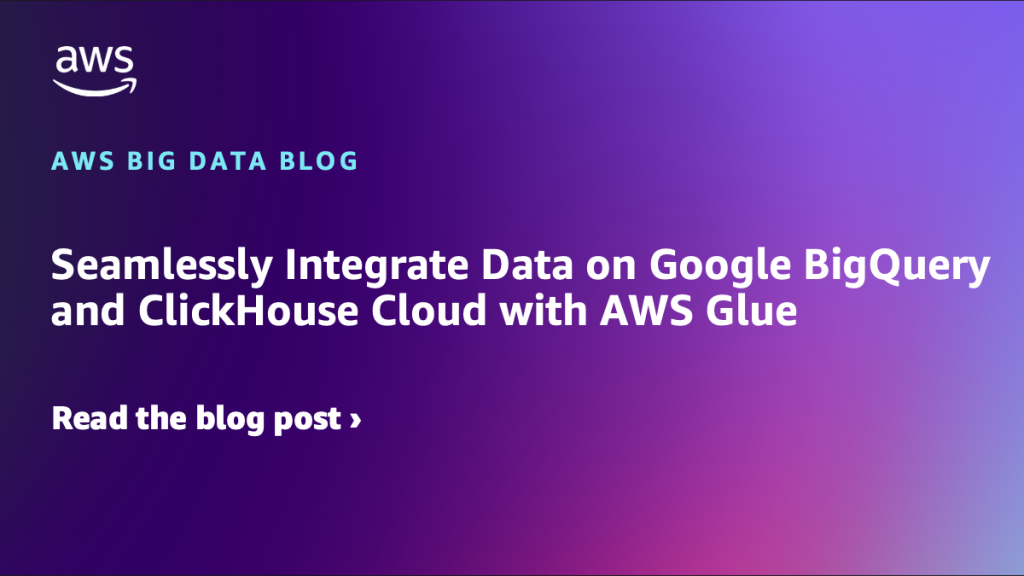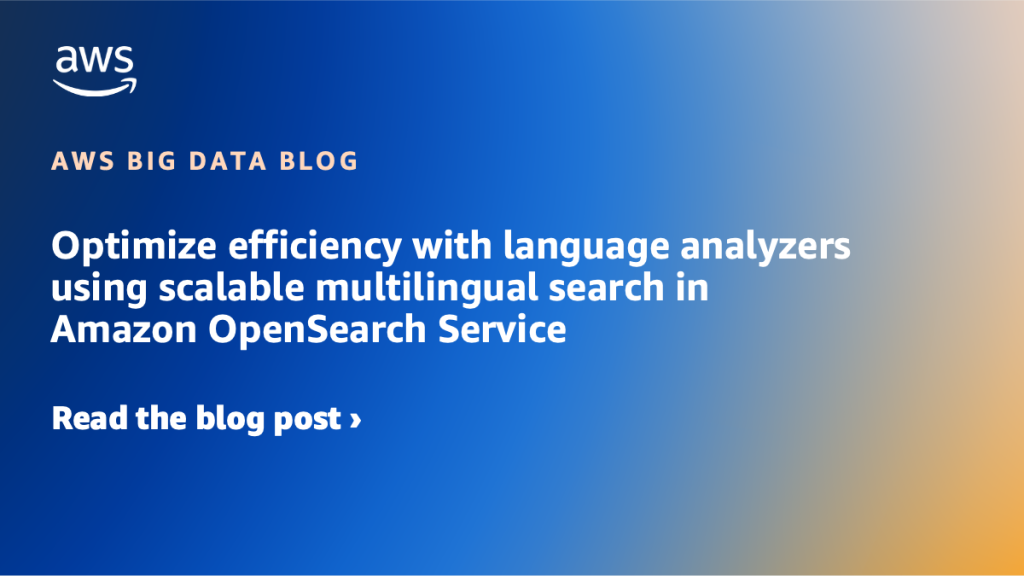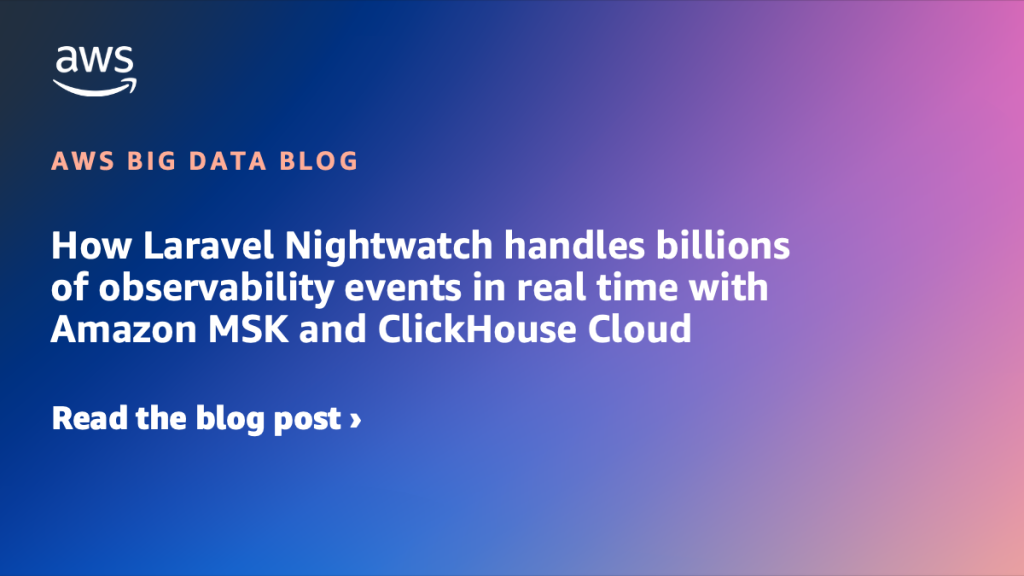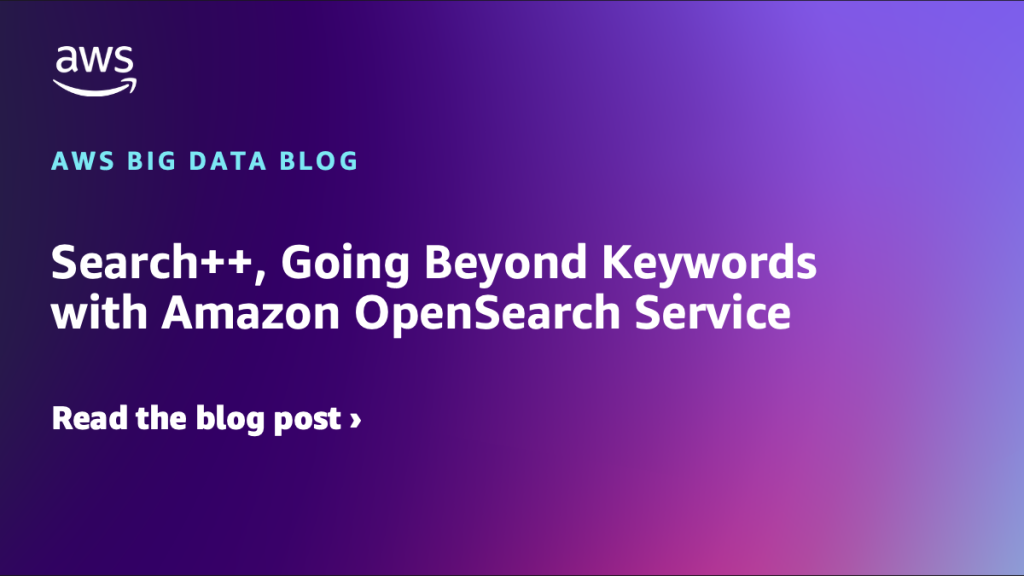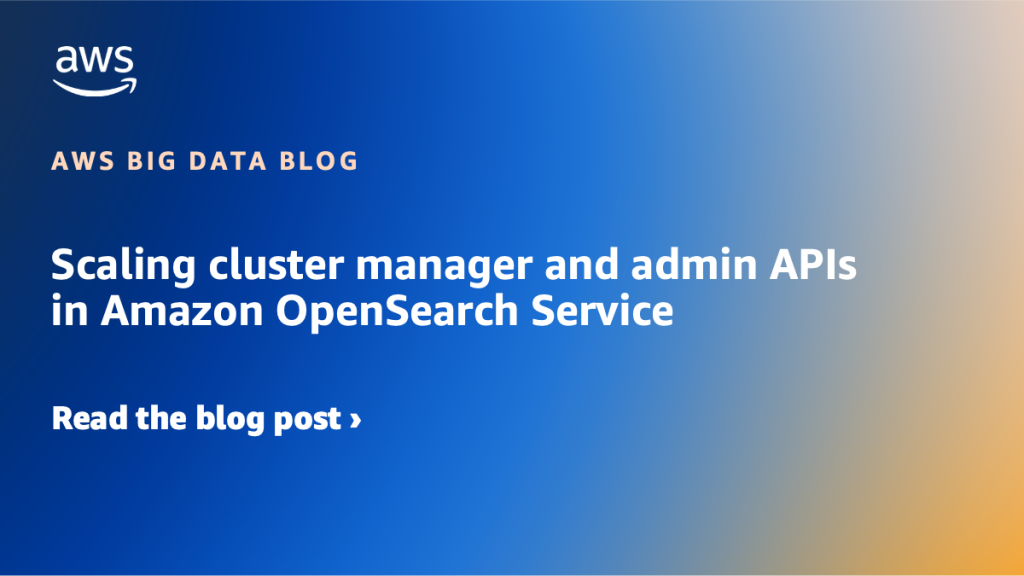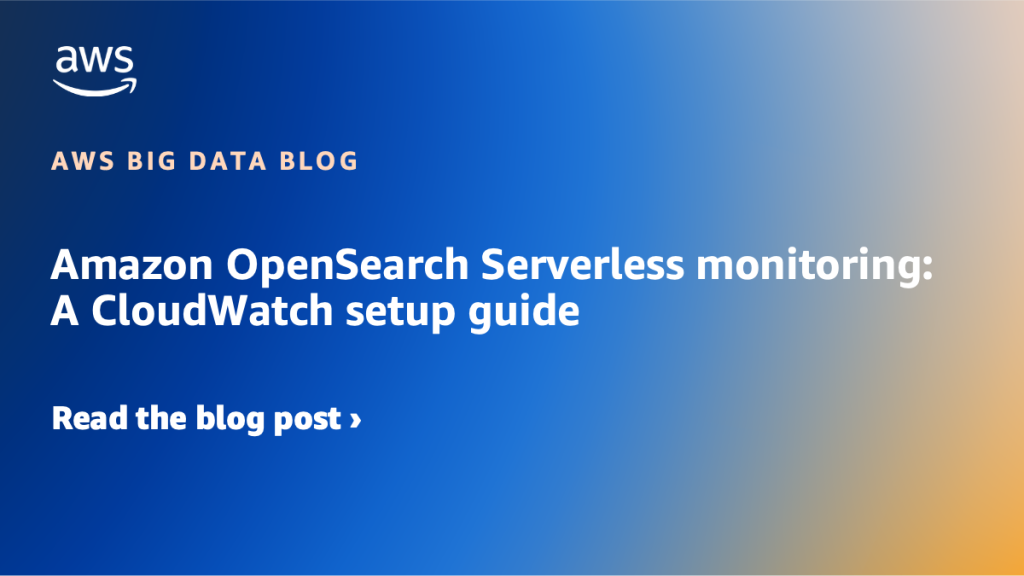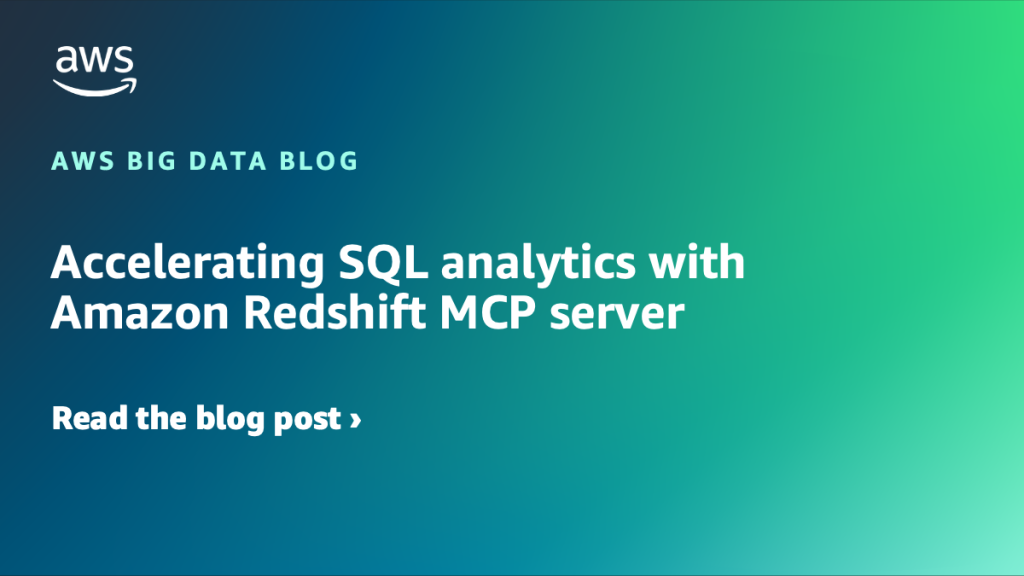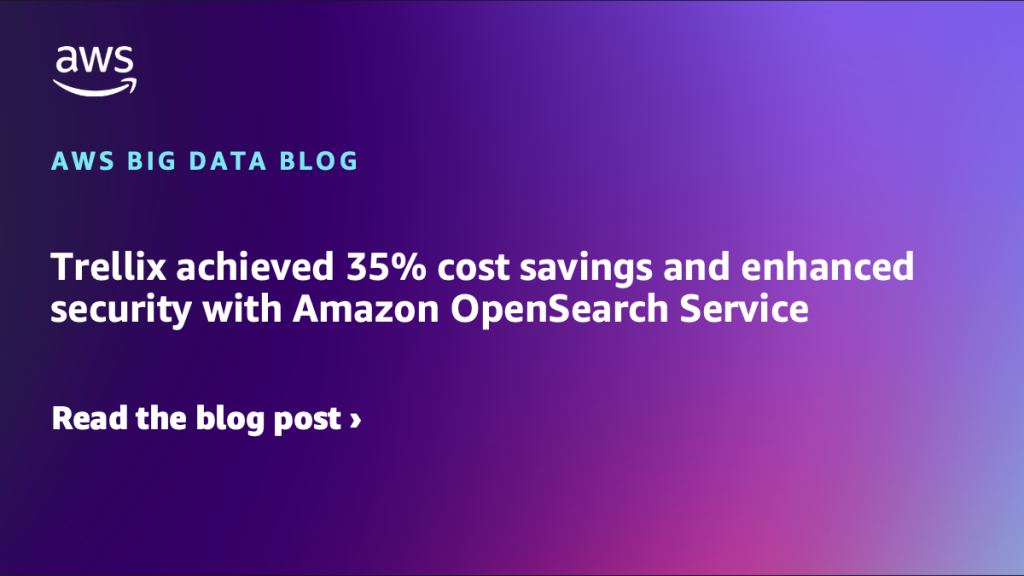AWS Big Data Blog
Category: Analytics
Seamlessly Integrate Data on Google BigQuery and ClickHouse Cloud with AWS Glue
Migrating from Google Cloud’s BigQuery to ClickHouse Cloud on AWS allows businesses to leverage the speed and efficiency of ClickHouse for real-time analytics while benefiting from AWS’s scalable and secure environment. This article provides a comprehensive guide to executing a direct data migration using AWS Glue ETL, highlighting the advantages and best practices for a […]
Optimize efficiency with language analyzers using scalable multilingual search in Amazon OpenSearch Service
Organizations manage content across multiple languages as they expand globally. Ecommerce platforms, customer support systems, and knowledge bases require efficient multilingual search capabilities to serve diverse user bases effectively. This unified search approach helps multinational organizations maintain centralized content repositories while making sure users, regardless of their preferred language, can effectively find and access relevant […]
How Laravel Nightwatch handles billions of observability events in real time with Amazon MSK and ClickHouse Cloud
Laravel, one of the world’s most popular web frameworks, launched its first-party observability platform, Laravel Nightwatch, to provide developers with real-time insights into application performance. Built entirely on AWS managed services and ClickHouse Cloud, the service already processes over one billion events per day while maintaining sub-second query latency, giving developers instant visibility into the health of their applications.
Enhance search with vector embeddings and Amazon OpenSearch Service
This post describes how organizations can enhance their existing search capabilities with vector embeddings using Amazon OpenSearch Service. We discuss why traditional keyword search falls short of modern user expectations, how vector search enables more intelligent and contextual results, and the measurable business impact achieved by organizations like Amazon Prime Video, Juicebox, and Amazon Music.
Scaling cluster manager and admin APIs in Amazon OpenSearch Service
In this post, we demonstrate the different bottlenecks that were identified and the corresponding solutions that were implemented in OpenSearch Service to scale cluster manager for large cluster deployments. These optimizations are available to all new domains or existing domains upgraded to OpenSearch Service versions 2.17 or above.
Optimize Amazon EMR runtime for Apache Spark with EMR S3A
With the Amazon EMR 7.10 runtime, Amazon EMR has introduced EMR S3A, an improved implementation of the open source S3A file system connector. In this post, we showcase the enhanced read and write performance advantages of using Amazon EMR 7.10.0 runtime for Apache Spark with EMR S3A as compared to EMRFS and the open source S3A file system connector.
Amazon OpenSearch Serverless monitoring: A CloudWatch setup guide
In this post, we explore commonly used Amazon CloudWatch metrics and alarms for OpenSearch Serverless, walking through the process of selecting relevant metrics, setting appropriate thresholds, and configuring alerts. This guide will provide you with a comprehensive monitoring strategy that complements the serverless nature of your OpenSearch deployment while maintaining full operational visibility.
Accelerating SQL analytics with Amazon Redshift MCP server
In this post, we walk through setting up the Amazon Redshift MCP server and demonstrate how a data analyst can efficiently explore Redshift data warehouses and perform data analysis using natural language queries.
Use Apache Airflow workflows to orchestrate data processing on Amazon SageMaker Unified Studio
Orchestrating machine learning pipelines is complex, especially when data processing, training, and deployment span multiple services and tools. In this post, we walk through a hands-on, end-to-end example of developing, testing, and running a machine learning (ML) pipeline using workflow capabilities in Amazon SageMaker, accessed through the Amazon SageMaker Unified Studio experience. These workflows are powered by Amazon Managed Workflows for Apache Airflow.
Trellix achieved 35% cost savings and enhanced security with Amazon OpenSearch Service
Trellix, a global leader in cybersecurity solutions, emerged in 2022 from the merger of McAfee Enterprise and FireEye. To address exponential log growth across their multi-tenant, multi-Region infrastructure, Trellix used Amazon OpenSearch Service, Amazon OpenSearch Ingestion, and Amazon S3 to modernize their log infrastructure. In this post, we share how, by adopting these AWS solutions, Trellix enhanced their system’s performance, availability, and scalability while reducing operational overhead.
